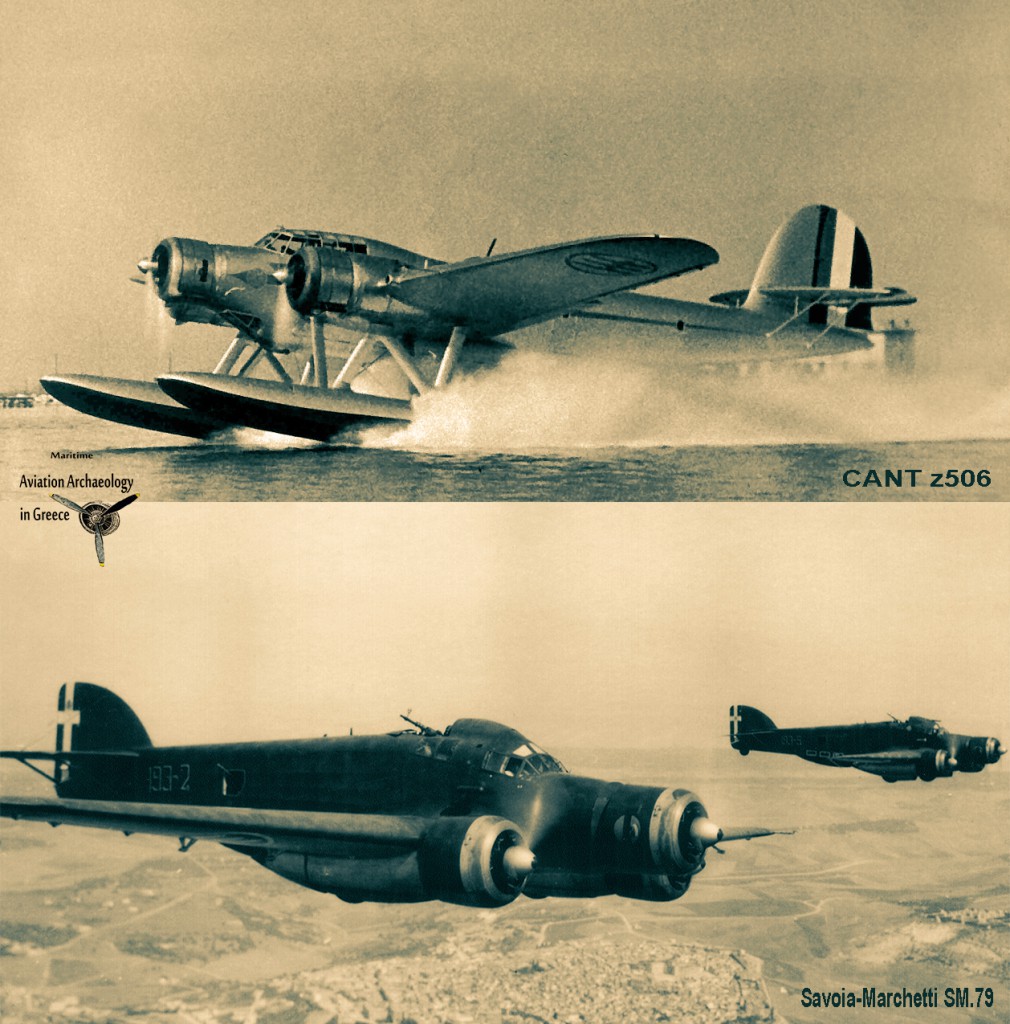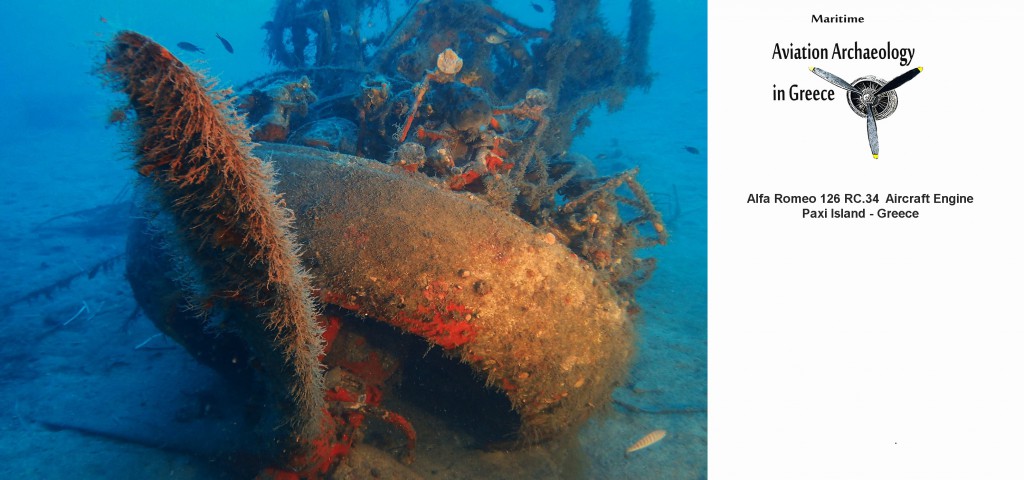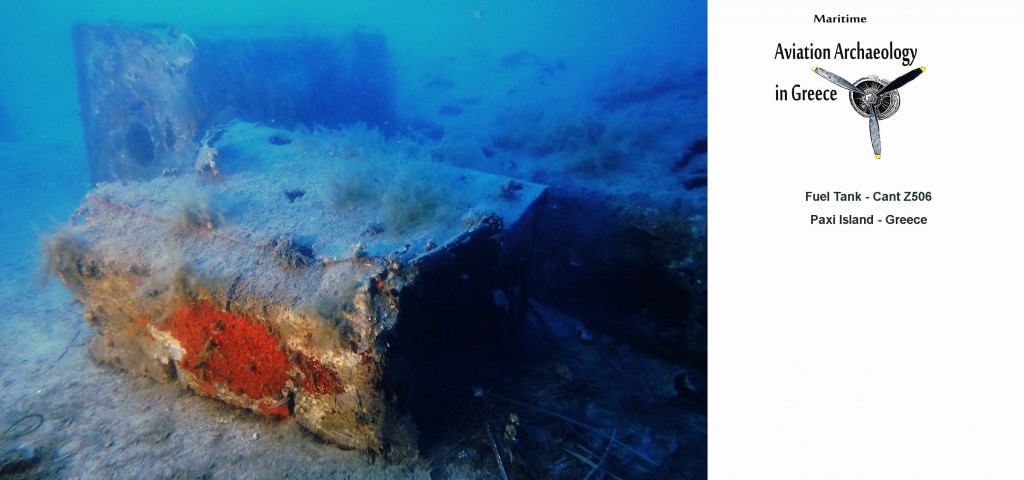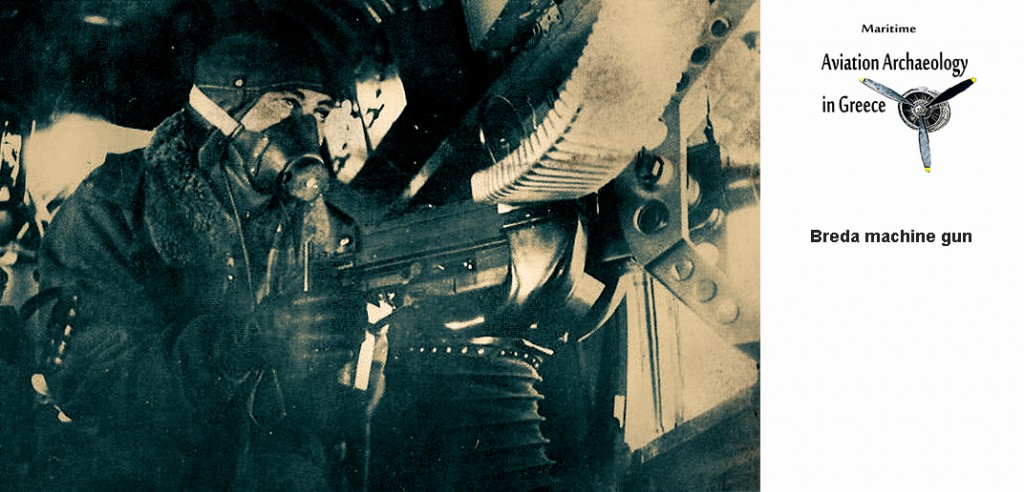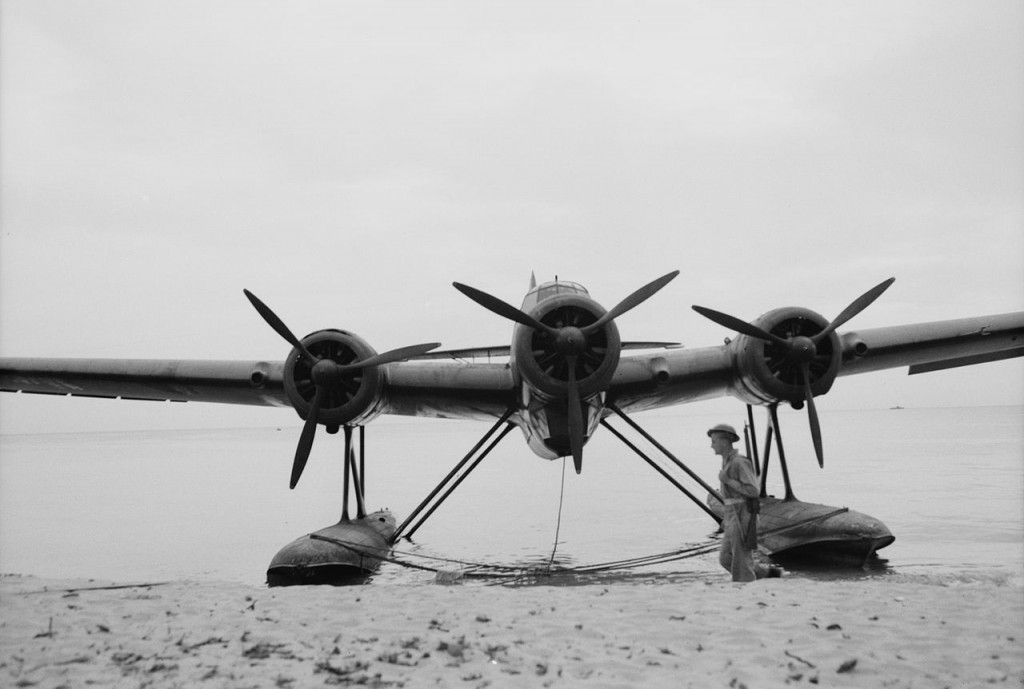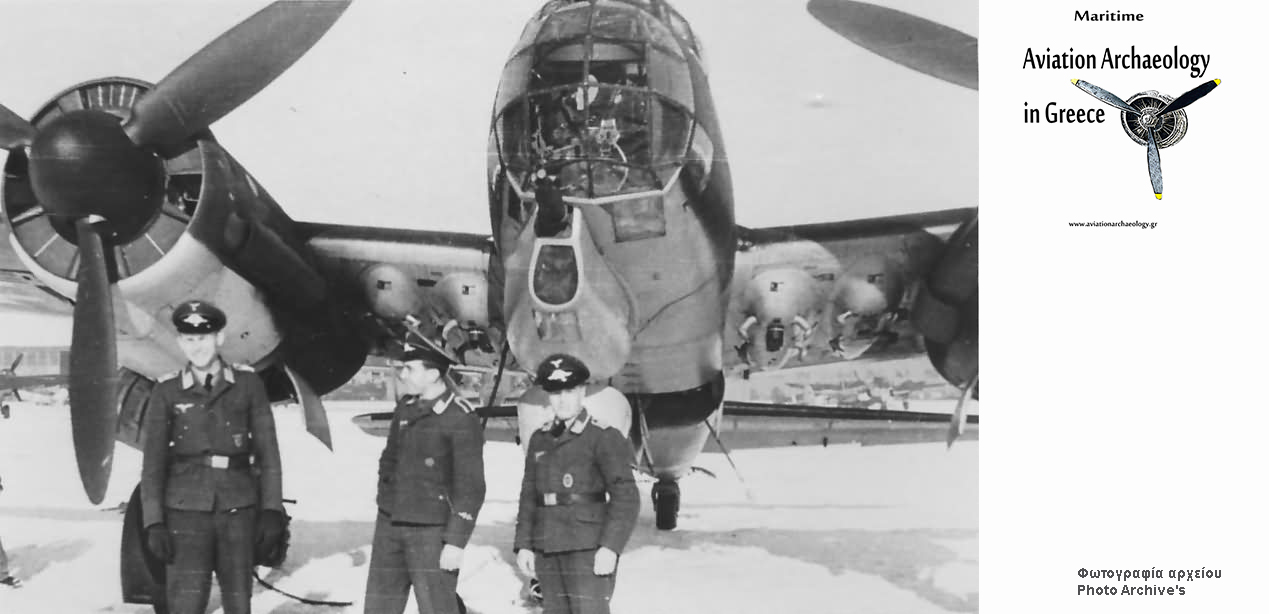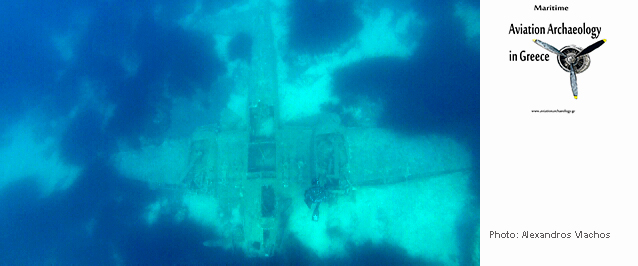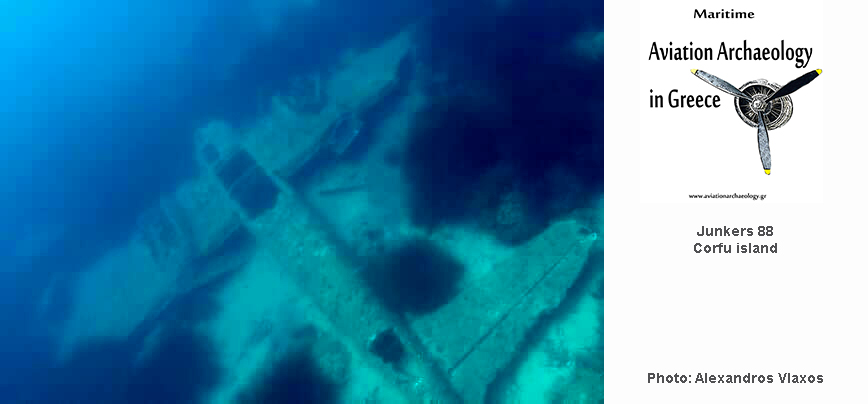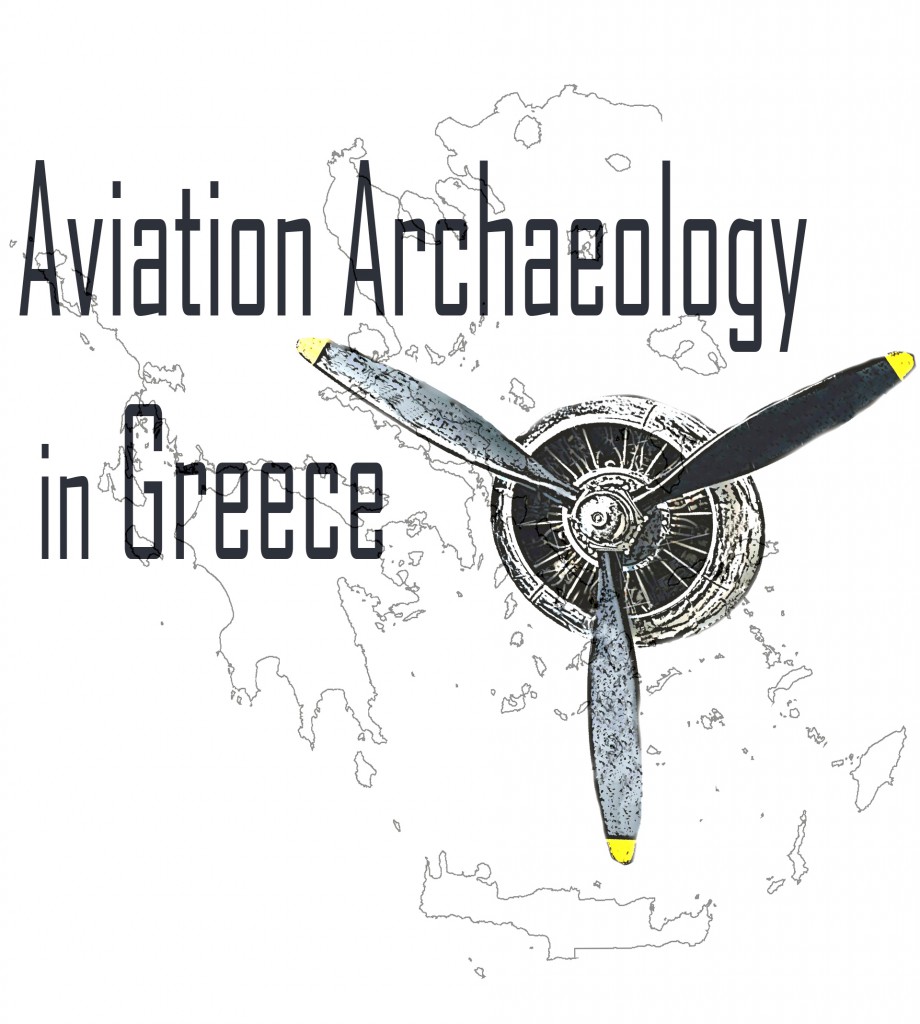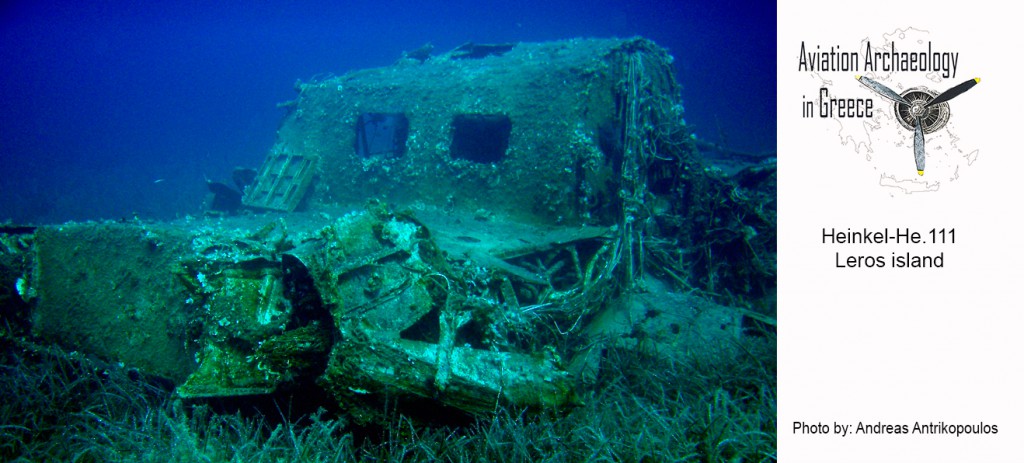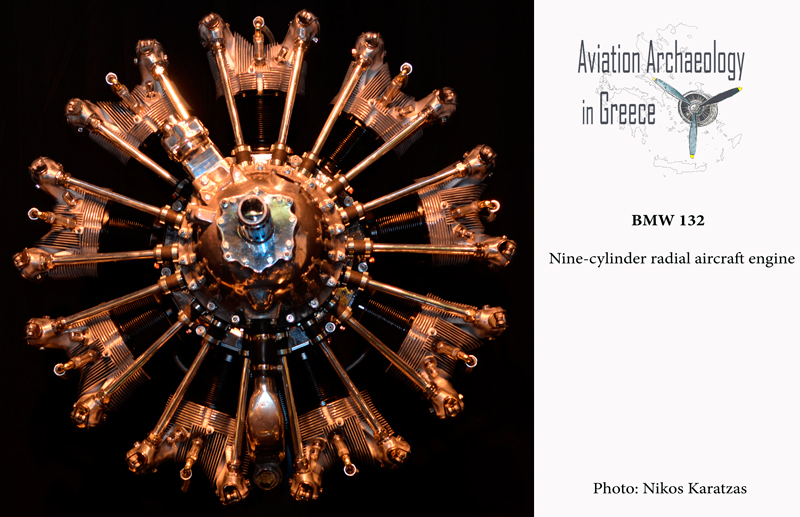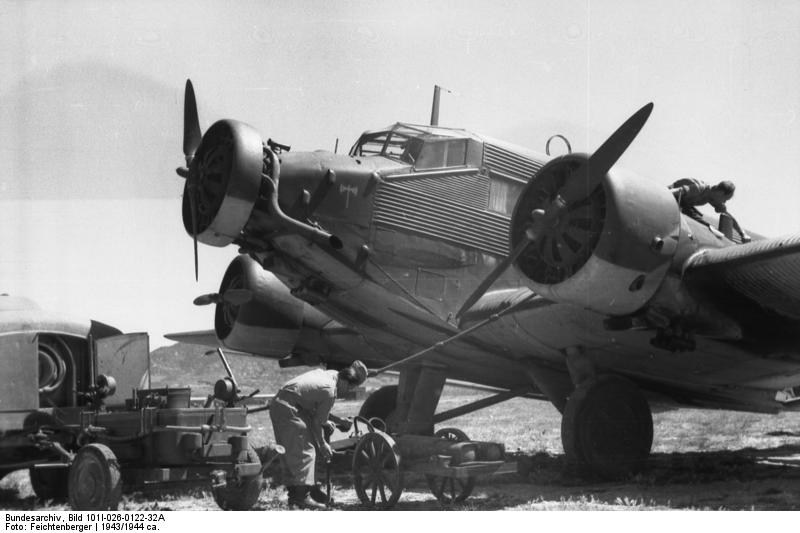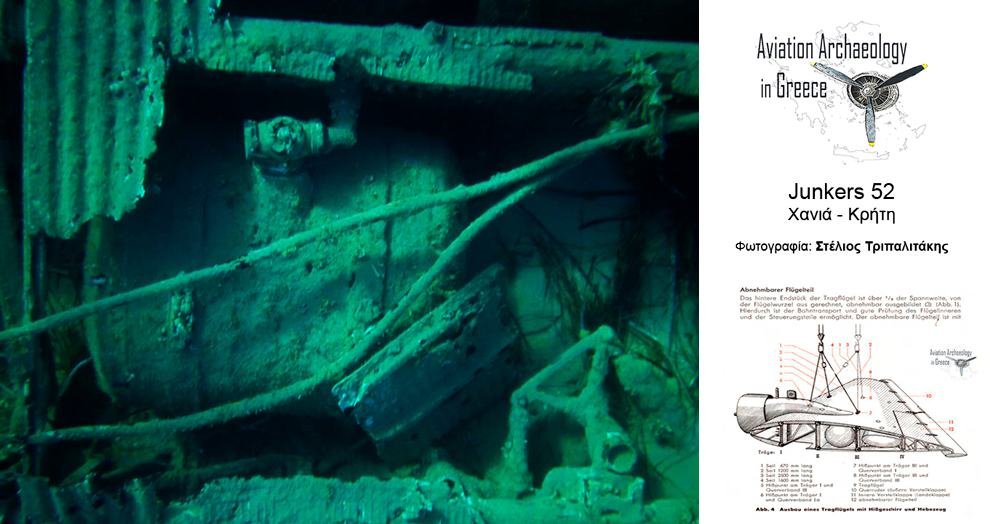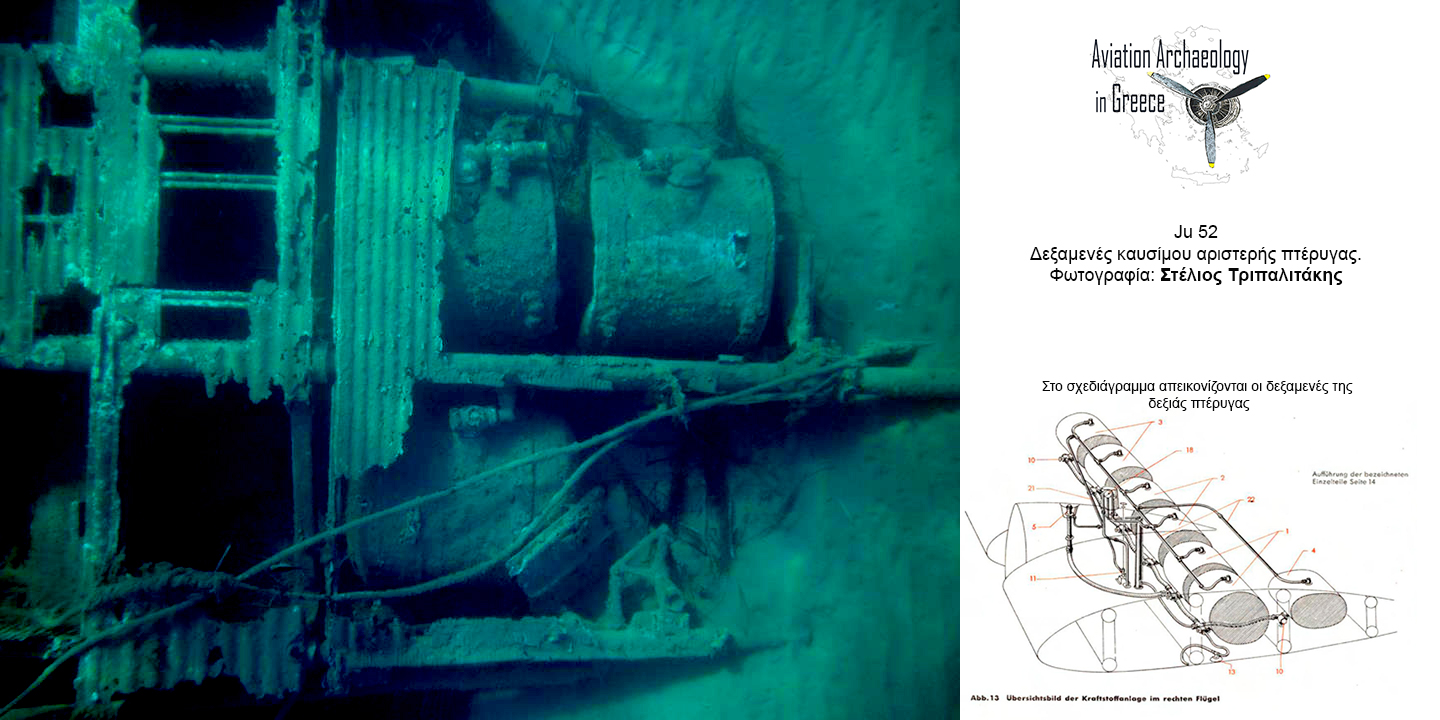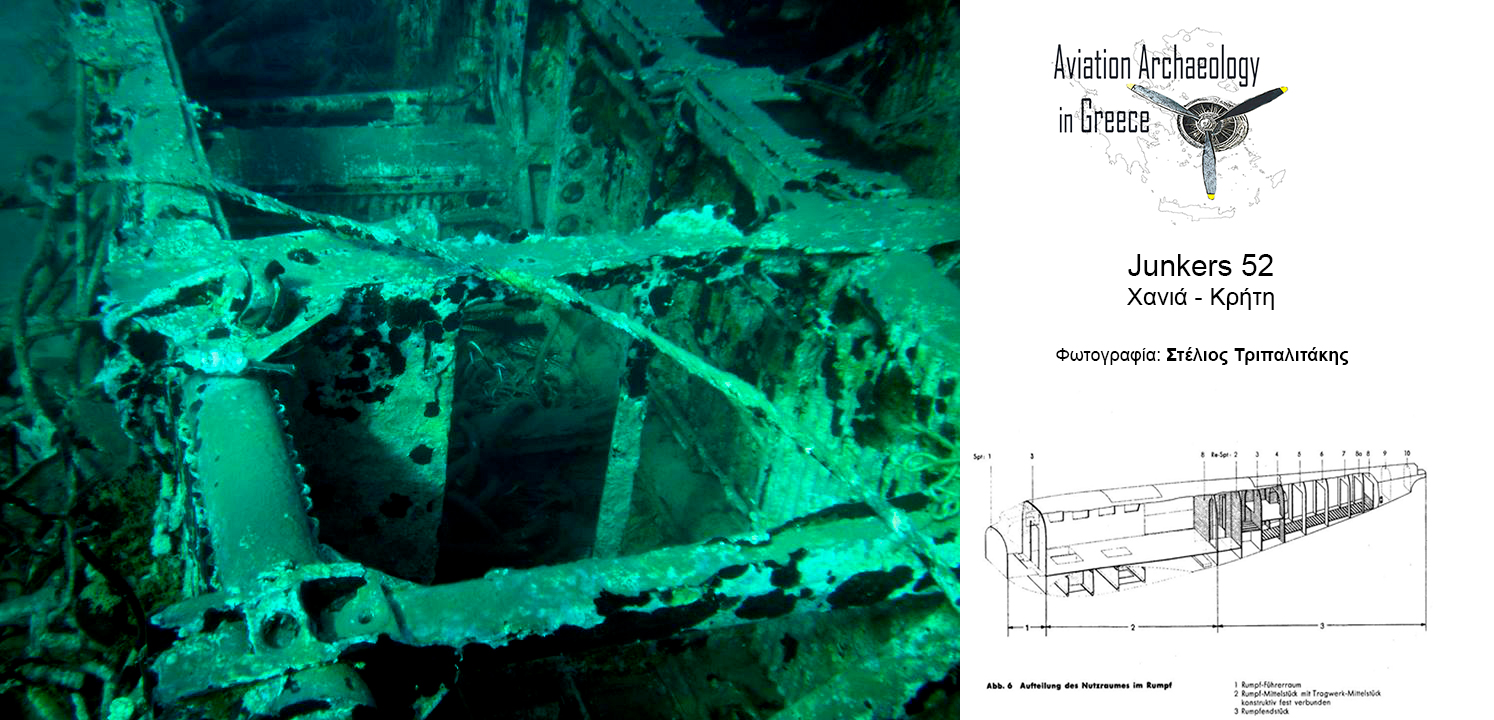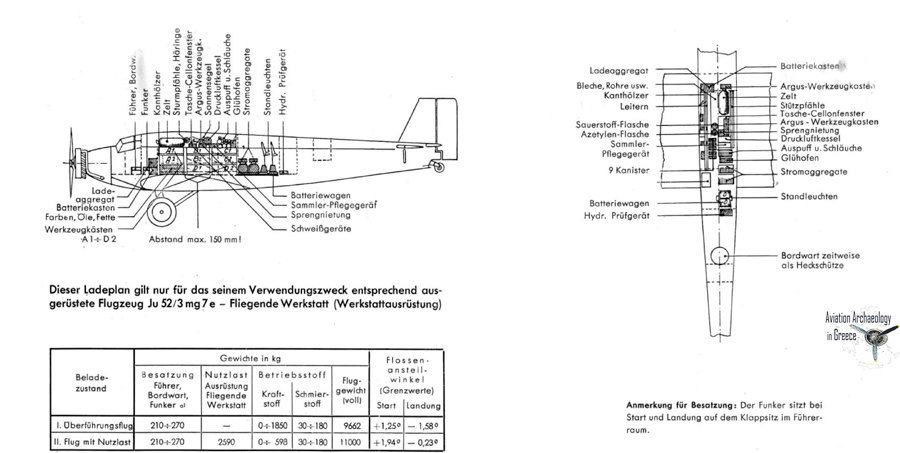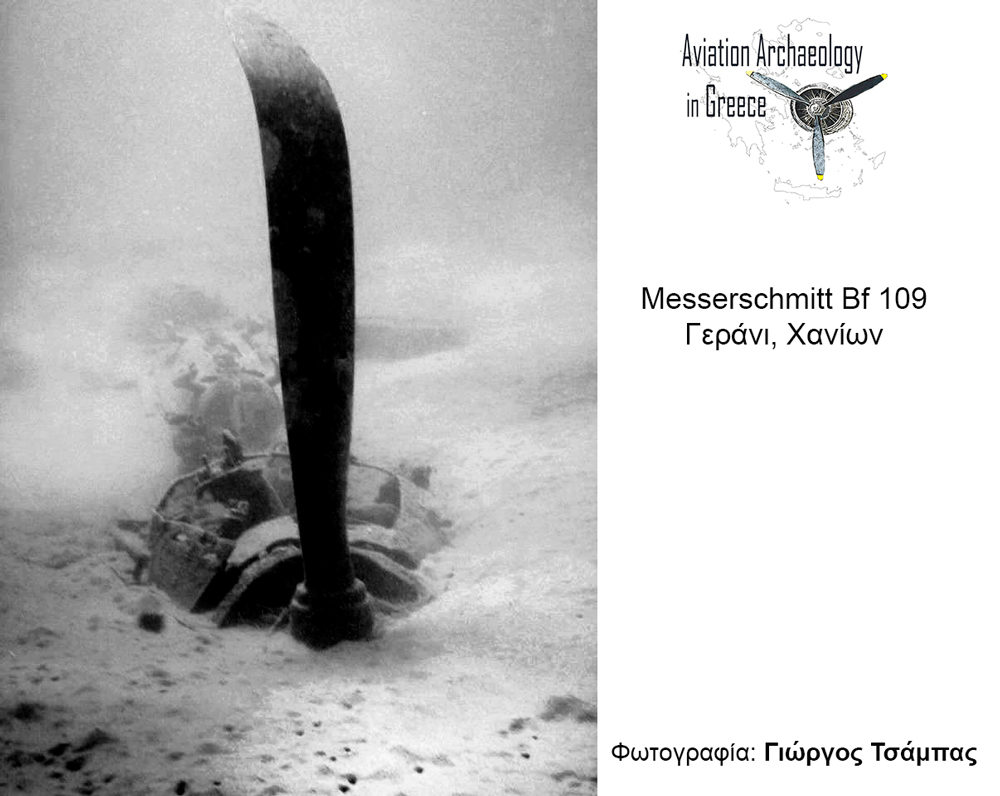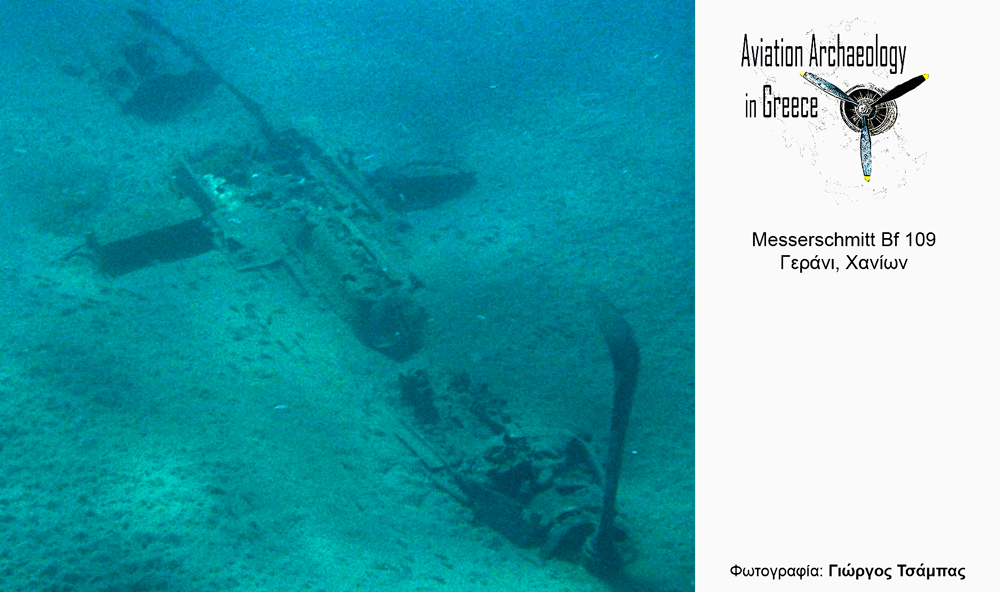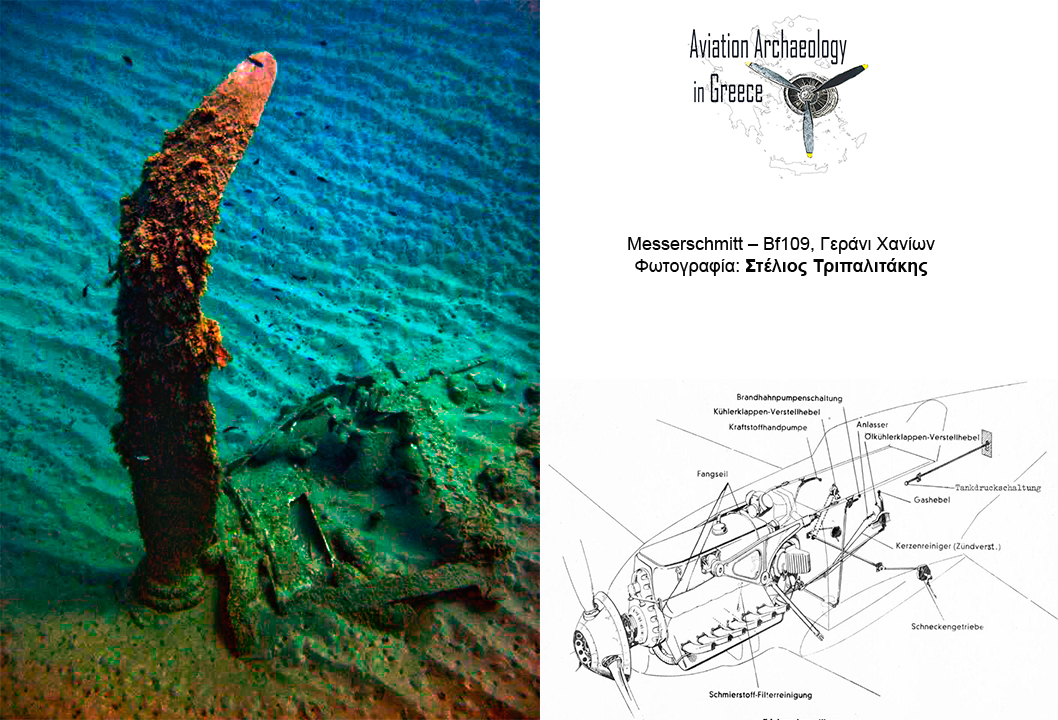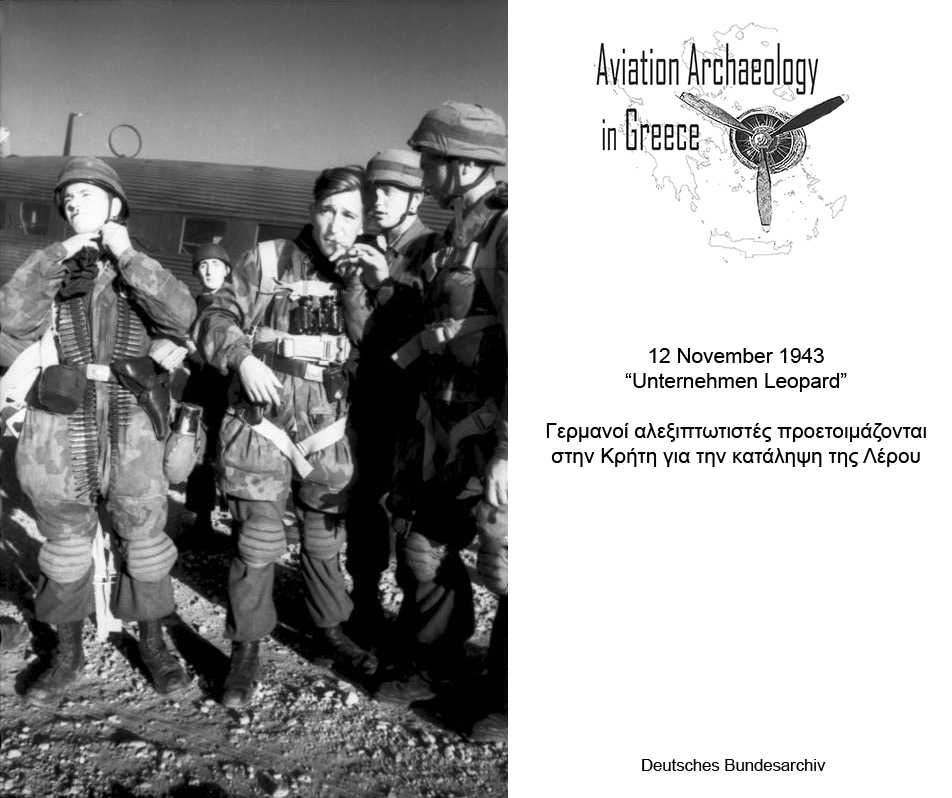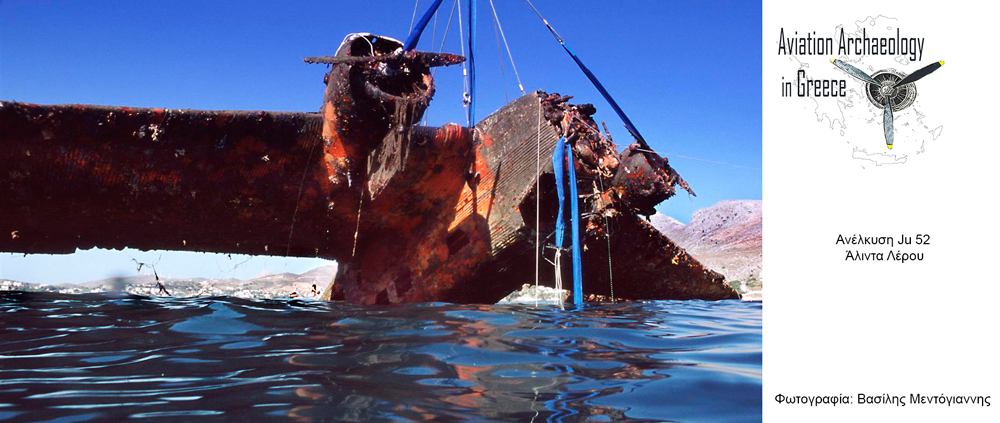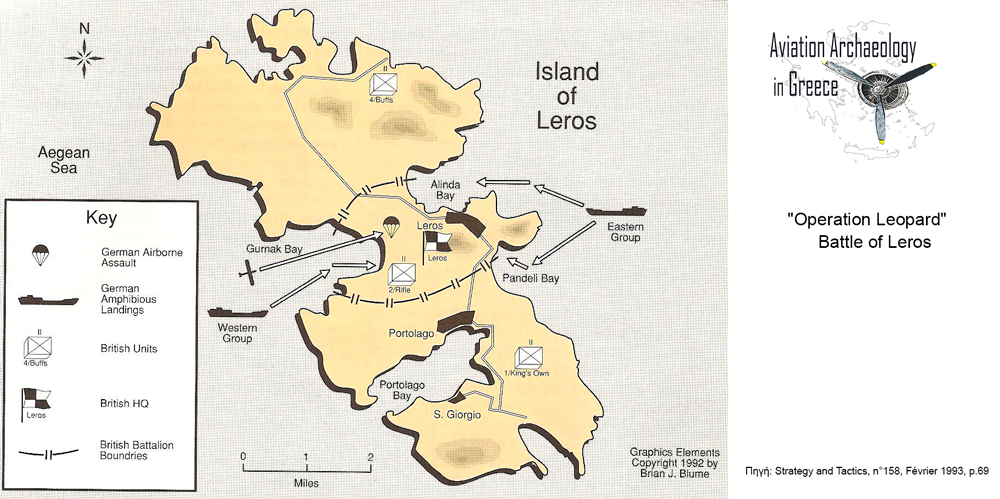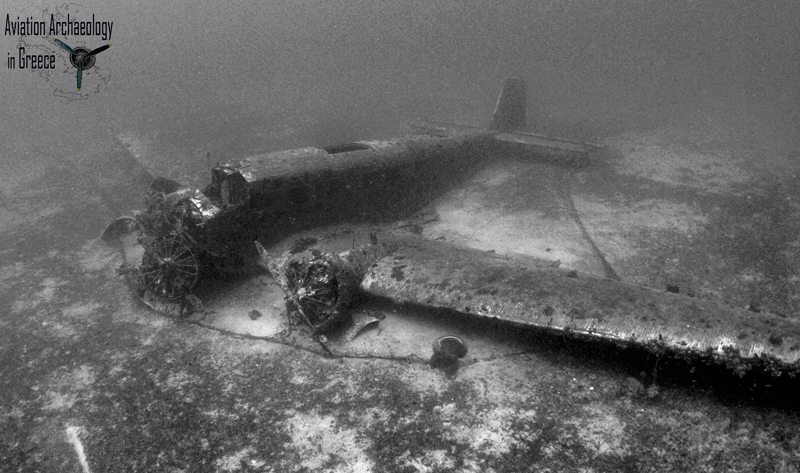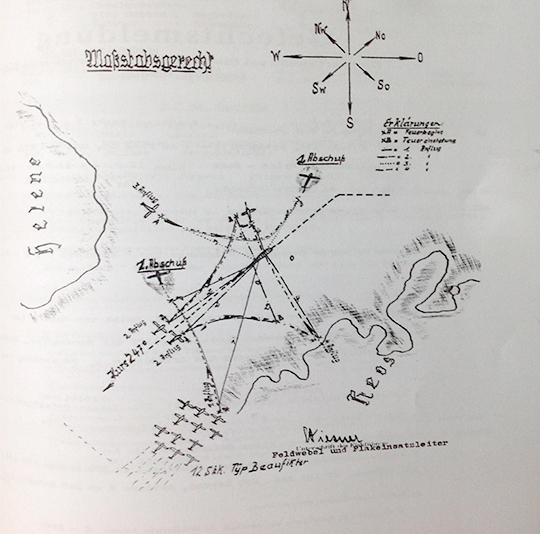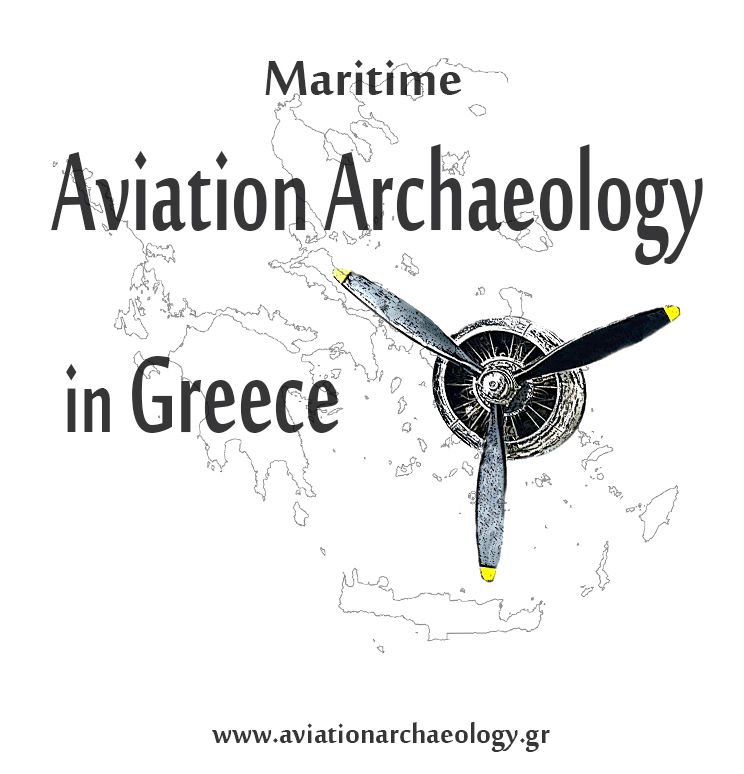
Κείμενο: Νίκος Καρατζάς
![]() Μέρη Ιταλικού υδροπλάνου εντοπίστηκαν στη θαλάσσια περιοχή των Παξών από το καταδυτικό κέντρο Paxos Oasis Sub. Από την ανάλυση των φωτογραφιών που στάλθηκαν σε εμάς πιθανολογείται ότι τα μέρη του αεροσκάφους προέρχονται από CANT z506.
Μέρη Ιταλικού υδροπλάνου εντοπίστηκαν στη θαλάσσια περιοχή των Παξών από το καταδυτικό κέντρο Paxos Oasis Sub. Από την ανάλυση των φωτογραφιών που στάλθηκαν σε εμάς πιθανολογείται ότι τα μέρη του αεροσκάφους προέρχονται από CANT z506.
CANT z506 : Wingspan: 26 m Length: 19 m
Στην περιοχή του ναυαγίου βρίσκονται και οι τρεις μηχανές του αεροσκάφους. Πρόκειται για αεροπορικούς κινητήρες του εργοστασίου Alfa Romeo μοντέλο 126 RC.34. Ο σχεδιασμός των κινητήρων Alfa Romeo 126 RC.34 είναι βασισμένος στους αγγλικούς κινητήρες Bristol Jupiter και Bristol Pegasus.
Την περίοδο 1934- 1944, κατασκευάστηκαν περίπου 11.000 μονάδες και χρησιμοποιήθηκαν σε όλα τα Ιταλικά βομβαρδιστικά κατά την περίοδο του 2ου Παγκοσμίου Πολέμου.
Το CANT z506 ήταν εφοδιασμένο με πολυβόλα Breda SAFAT των 12.7 mm όπως αυτό που απεικονίζεται στη φωτογραφία το οποίο βρέθηκε στο σημείο του ναυαγίου.
To Breda SAFAT των 12.7 mm είχε βάρος 29 κιλών, ολικό μήκος 139 cm και μήκος κάννης 80 cm.
![]() Aircraft wreckage possibly from CANT z506 identified by divers in the Paxi island, Ionian sea (Paxos Oasis Sub). Among the wreckage, found the three aircraft engines. These engines are Alfa Romeo Variant 126 RC.34.
Aircraft wreckage possibly from CANT z506 identified by divers in the Paxi island, Ionian sea (Paxos Oasis Sub). Among the wreckage, found the three aircraft engines. These engines are Alfa Romeo Variant 126 RC.34.
Alfa Romeo built/designed a range of aircraft engines based on the Bristol Jupiter and Bristol Pegasus designs, designated Alfa 125, Alfa 126, Alfa 127, Alfa 128, Alfa 129 and Alfa 131. All these essentially similar engines were mainly fitted to Italian bombers in World War II, Alfa Romeo building around 11,000 units between 1934 and 1944.
Above: Aircraft wing fuel tanks are a major component of aircraft fuel systemsThe Italian engine designation system includes a suffix indicating major components or attributes. The most common were R for Riduttore – reduction gear and C for Compressore – compressor/supercharger, followed by a number indicating the rated altitude in hundreds of metres, two speed superchargers were indicated by a double figure such as 10/34. [1]
The CANT Z.506 Airone (Italian: Heron) was a triple-engine floatplane produced by CANT from 1935. It served as a transport and postal aircraft with the Italian airline „Ala Littoria“. It established 10 world records in 1936 and another 10 in 1937. During World War II it was used as a reconnaissance aircraft, bomber and air-sea rescue plane, by the Italian Regia Aeronautica and Regia Marina, Aeronautica Cobelligerante del Sud, Aeronautica Nazionale Repubblicana and the Luftwaffe. The military version revealed itself to be one of the best floatplanes ever built. Despite its wooden structure it was able to operate in very rough seas. A number of Z.506S air-sea rescue aircraft remained in service until 1959.[3]
In the war against Greece it was used against coastal targets and the Corinth canal. It played an important part in the conquest of many Greek islands, including Corfu, Cephalonia and Zante. Due to its vulnerability against fighters, it was restricted to use by ‚recce‘ units (Squadriglie da Ricognizione).[9]Later in the war, it was used in maritime patrol and air-sea rescue missions. The 506 was often forced to land in Spain, due to engine failure, combat damage or a lack of fuel. A special air-sea rescue version, the Z.506S Soccorso, was produced; it was used in small numbers by the Luftwaffe. [3]
[1] https://en.wikipedia.org/wiki/Alfa_Romeo_125 [2] https://en.wikipedia.org/wiki/Savoia-Marchetti_SM.79 [3] https://en.wikipedia.org/wiki/CANT_Z.506